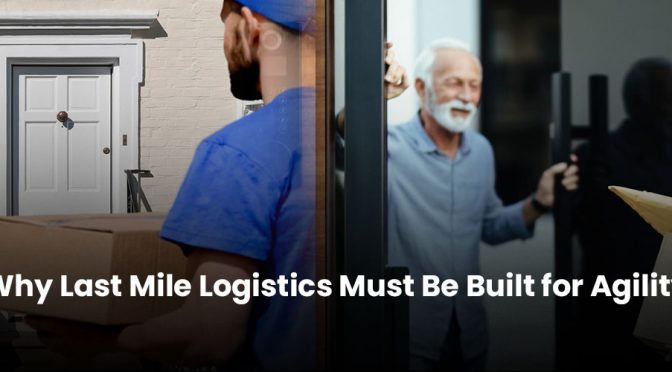
Last mile logistics is evolving fast. Agility is crucial for efficiency, cost reduction, and customer satisfaction. Learn how tech, automation, and sustainability shape the future of delivery.
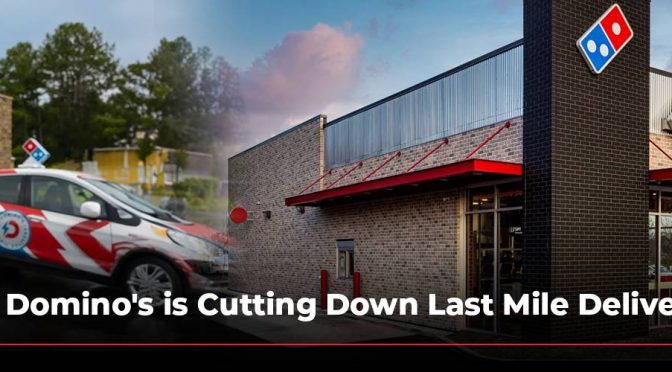
We all have had pizza cravings at some point in our lives. Domino’s has been one of the leaders in this market segment ensuring timely deliveries of hot and fresh pizzas. But how do they do it so effortlessly? Let’s learn the secrets of the trade.
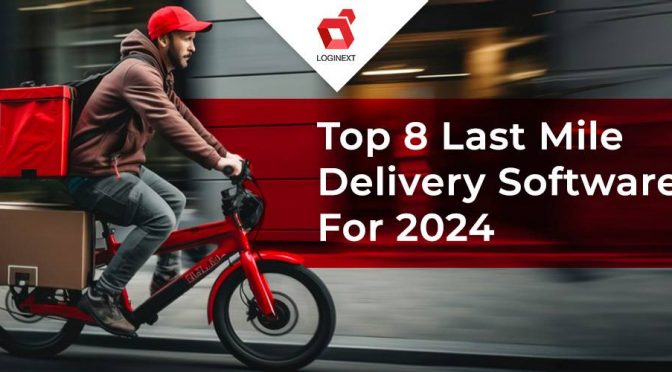
The growing demand for online delivery has helped the last mile delivery business grow exponentially. Compare and choose the best last mile delivery software for your organization.
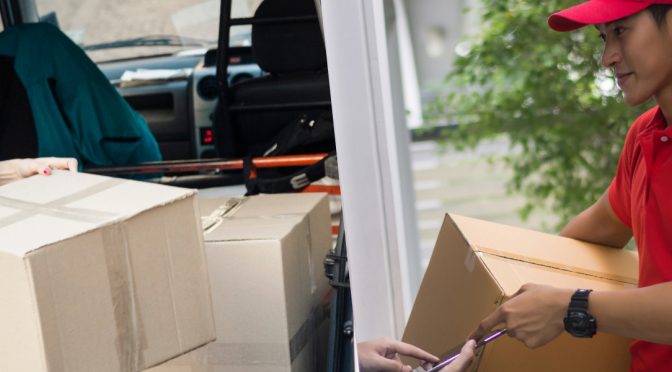
The top challenges, especially for CPG companies, are lack of proper delivery movement visibility, lack of control of actual on-ground logistics, delayed reaction time if anything goes wrong on-ground, over or under-utilized truck capacities, inaccurate estimated time of arrivals (ETAs), etc. LogiNext can help overcome all these and more.

Internet of things (IoT) with the latest in machine-learning backed algorithms are the way logistics would be optimized to meet all customer demands and requirements, right from fast shipping, live tracking and notifications, and on-time delivery with optimized final mile movement.

With technology, innovation is always around the corner. Some more than others. We have all seen the hikes in interest and following for tech innovations to have them fizzle out. We are at the start of such an upswing. Take a step further back, and you will get to the topic, Blockchain.
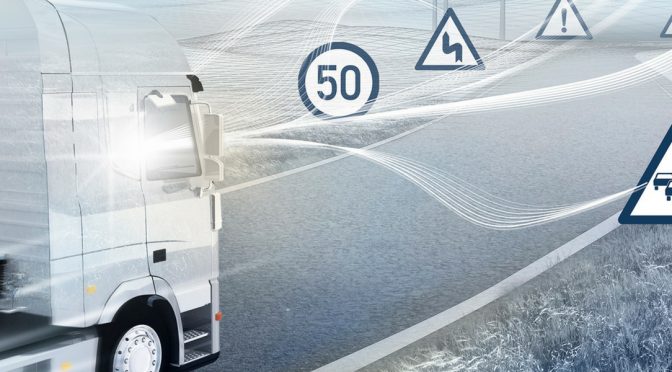
According to the American Trucking Associations, freight tonnage hauled by trucks would increase by 27% (between 2016 and 2027). With global retail sales to touch $27 trillion by 2020, it just adds to the problems of high volume and restricted resources. Most of these companies would win or lose based on how they optimize their last mile deliveries.
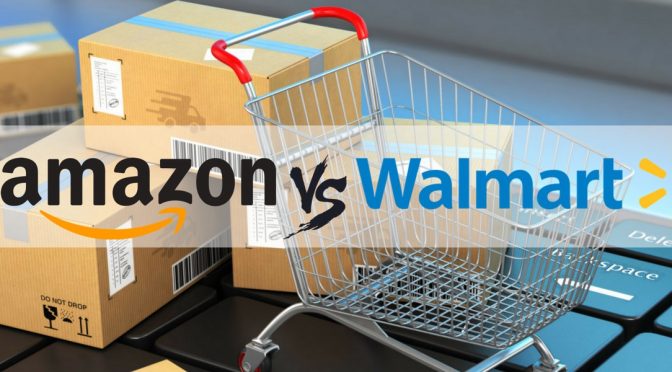
We have seen the Walmart acquiring Jet, Bonobos, Modcloth, and Shoebuy while planning to set up around 1000 pickup locations for online grocery shoppers. Racing Walmart to the front is Amazon with its grand acquisition of Wholefoods to enable faster deliveries with multiple pickup options.
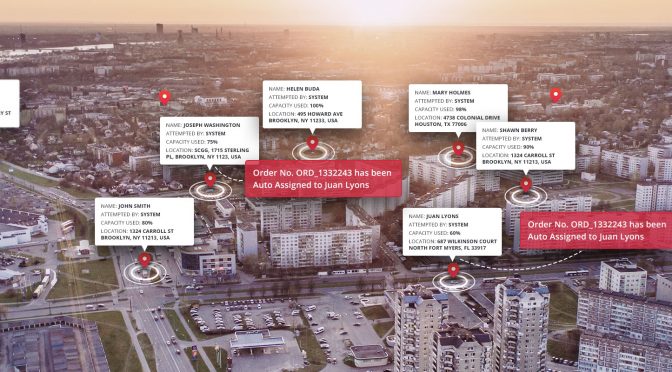
Under-utilized capacity carries a clear cost which adds to the cost-per-unit carried by the resource. It isn’t feasible to run under-utilized resources to fulfill the ever-increasing demand created due to expectations of on-demand, same, or next day deliveries. On-demand and preferred slot delivery (or pick-up) is made more efficient with the use of an auto-allocation engine.
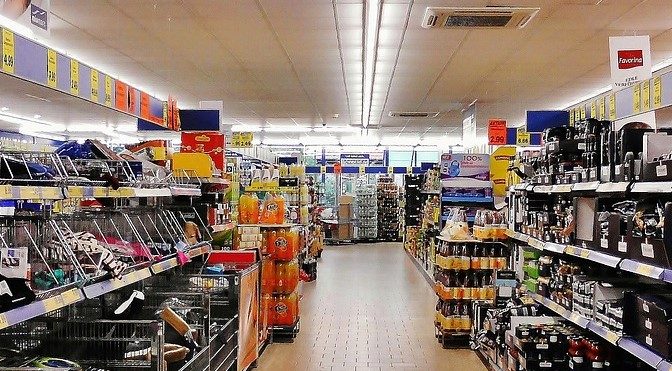
Traditional trade occupies close to 90% in key developing markets. By leveraging cloud-based technology, last mile delivery can be optimized for such distribution networks, bringing in organized patterns within the industry and generate more value for all the stakeholders involved namely the retailers, the distributors, the manufacturers, and the end-customers.

